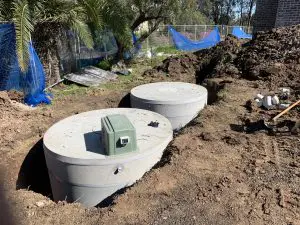The Economics of Septic Systems: Saving Money and Investing Wisely in Your Home

For many homeowners, the septic system is out of sight and out of mind until something goes wrong. Yet, understanding the economics of septic systems is essential for making informed decisions about maintenance and ensuring long-term savings. In this comprehensive guide, we’ll delve deep into the cost savings and long-term investments associated with septic system maintenance, providing valuable insights for the average consumer.
The Economics of Septic Systems: Cost Savings and Long-Term Investments

Septic systems often conjure images of hidden infrastructure buried beneath lawns, but their economic implications are anything but invisible. For homeowners, understanding the economics of septic systems goes beyond initial installation costs; it encompasses long-term savings, environmental benefits, and the value they add to properties. In this comprehensive guide, we’ll explore how septic systems offer significant cost savings and serve as wise long-term investments for homeowners.




